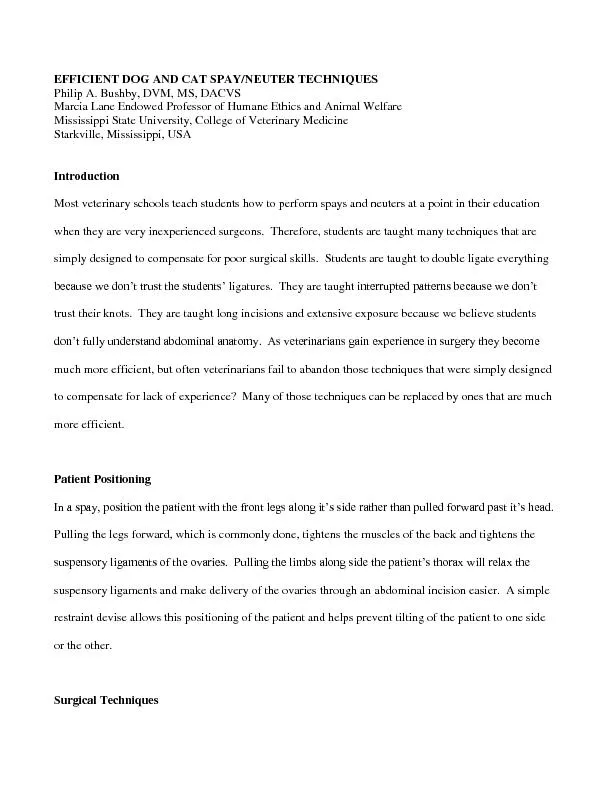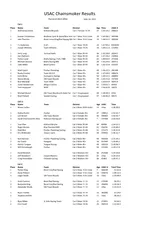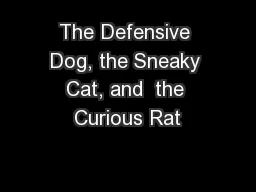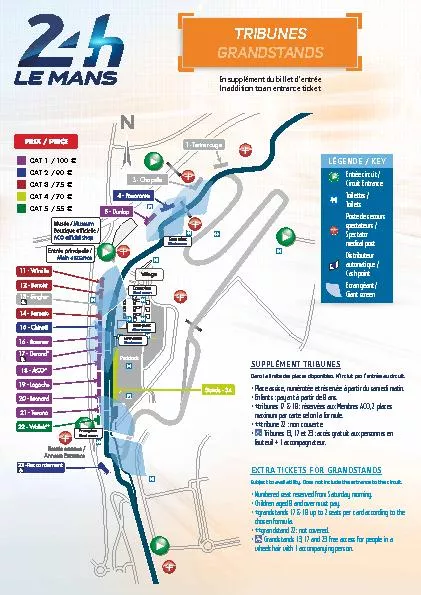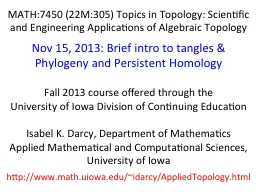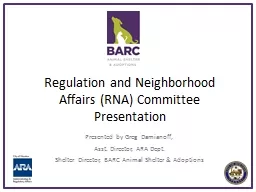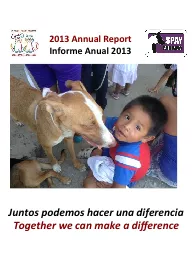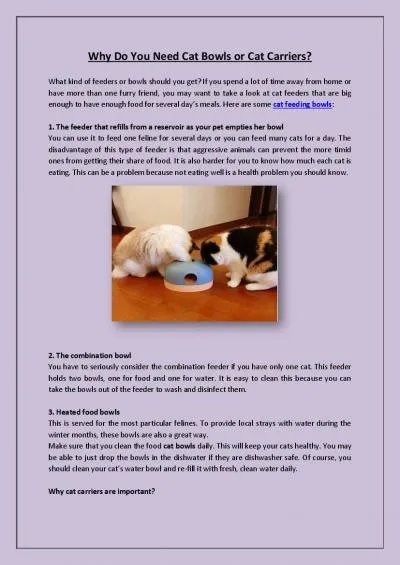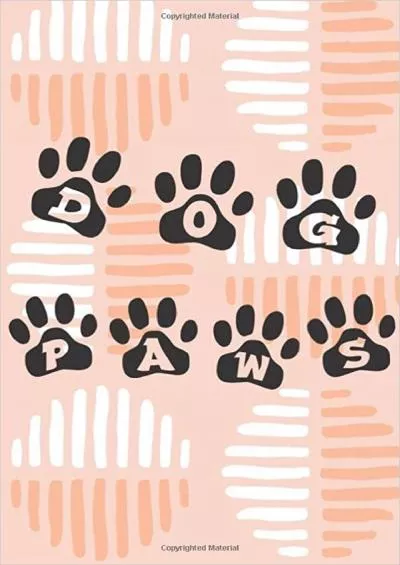PDF-DOG AND CAT SPAY/
Author : briana-ranney | Published Date : 2016-07-01
EFFICIENT NEUTER TECHNIQUES Philip A Bushby DVM MS DACVS Marcia Lane Endowed Professor of Humane Ethics and Animal Welfare Mississippi State University College
Presentation Embed Code
Download Presentation
Download Presentation The PPT/PDF document "DOG AND CAT SPAY/" is the property of its rightful owner. Permission is granted to download and print the materials on this website for personal, non-commercial use only, and to display it on your personal computer provided you do not modify the materials and that you retain all copyright notices contained in the materials. By downloading content from our website, you accept the terms of this agreement.
DOG AND CAT SPAY/: Transcript
Download Rules Of Document
"DOG AND CAT SPAY/"The content belongs to its owner. You may download and print it for personal use, without modification, and keep all copyright notices. By downloading, you agree to these terms.
Related Documents

